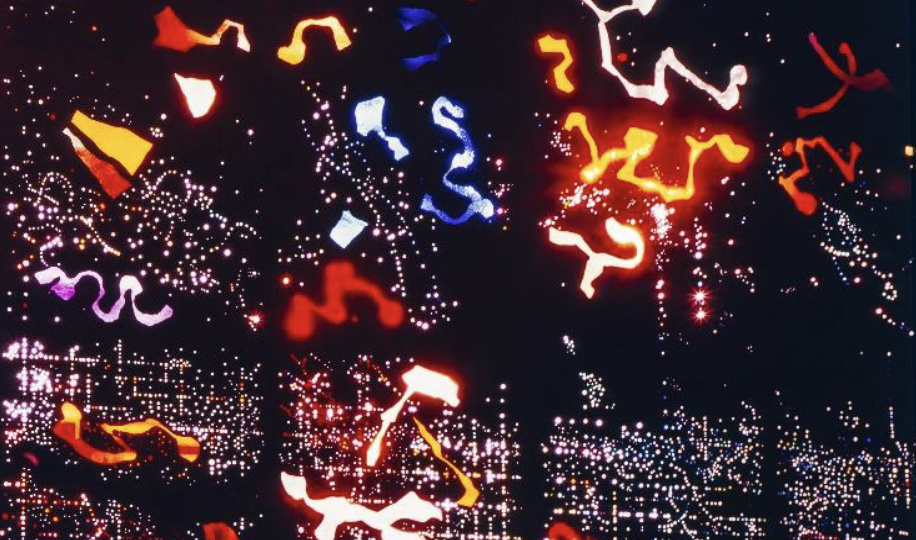
Márton Orosz's keynote lecture unfurls a captivating case study, shedding light on an overlooked precursor of media art and delving into the historical context of achieving a symbiosis between artistic self-expression and the anonymity of science. Focusing on the ``Cold War Bauhaus'' program in the late 1960s and early 1970s, Orosz introduces the revolutionary theories of György Kepes, polymath, and founder of the Center for Advanced Visual Studies (CAVS) at MIT, an early pioneer of exploring the intersection of art, science, and technology. The central question addressed is how to develop an agenda that bridges between aesthetics and engineering, not merely as a gap-filling exercise but as a means to forge a human-centered ecology using cutting-edge technology. Kepes' visionary concept involves offering ``prosthetics'' to emulate nature, providing an alternative for building a sustainable world---a groundbreaking idea in Post-War art history. Kepes' prominence lies in his cybernetic thinking, theories on human perception (evident in the notion of ``dynamic iconography'' from his 1944 textbook Language of Vision), and his antecedent use of the term ``visual culture'' in art literature. Moreover, he stands as one of the earliest to employ nanotechnology in creating artwork. Orosz explores Kepes's insights into visual aesthetics, his concept of the ``revision of vision,'' and the impact of ``the power of the eye'' on human cognition. The lecture scrutinizes Kepes' concrete examples aimed at humanizing science and fostering ecological consciousness through the creative use of technology. The in-depth analysis extends into Kepes' quest to establish a universal visual grammar imbued with symbolic meaning, crafting a novel iconography of scientific images he termed ``the new landscape,'' that extends to community-based participatory works utilizing new media engaging and synchronizing sensory channels within our bodies. The paper contemplates Kepes' recently discovered legacy, emphasizing the democratization of vision, and reflects on its historical context, sources, reception, and enduring impact.
Márton Orosz, "S(t)imulating Art and Science: György Kepes and the Concept of ``Interseeing’’" in Electronic Imaging, 2024, pp 200-1 - 200-6, https://doi.org/10.2352/EI.2024.36.11.HVEI-200
 Find this author on Google Scholar
Find this author on Google Scholar Find this author on PubMed
Find this author on PubMed